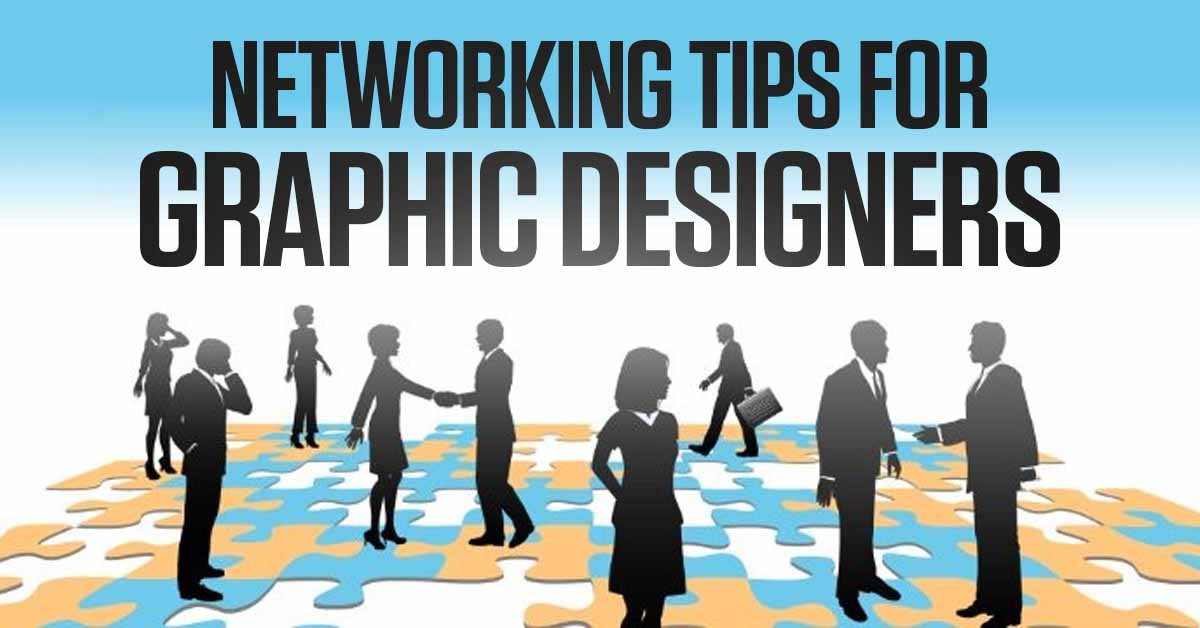Networking is an essential skill for graphic designers looking to advance their careers, find new opportunities, and stay updated with industry trends. Building a strong professional network can open doors to collaborations, job offers, mentorship, and valuable insights. This detailed blog explores effective networking tips tailored for graphic designers, helping you build meaningful connections in the industry.
Why Networking is Important for Graphic Designers
Networking in the graphic design industry offers several benefits, including:
- Career Growth: Connections can lead to job opportunities, freelance projects, and collaborations.
- Knowledge Sharing: Networking allows you to learn from others, stay updated with industry trends, and gain new skills.
- Mentorship: Experienced designers can provide guidance, advice, and support.
- Visibility: Building a network increases your visibility and reputation within the industry.
Tips for Effective Networking
1. Attend Industry Events
Industry events such as conferences, workshops, seminars, and trade shows are excellent opportunities to meet other professionals. Engage in conversations, exchange contact information, and follow up with new connections after the event.
How to Find Events:
- Professional Organizations: Join graphic design associations and organizations that host regular events.
- Online Platforms: Websites like Eventbrite and Meetup list industry-related events.
- Social Media: Follow industry influencers and organizations on social media to stay informed about upcoming events.
2. Join Online Communities
Online communities and forums provide platforms for networking with designers from around the world. Participate in discussions, share your work, and seek feedback.
Popular Online Communities:
- Behance: Showcase your portfolio and connect with other creatives.
- Dribbble: Share your design work and participate in discussions.
- Reddit: Join subreddits like r/graphic_design for industry discussions and advice.
- LinkedIn Groups: Join design-related groups to connect with professionals and participate in discussions.
3. Leverage Social Media
Social media platforms are powerful tools for networking. Share your work, engage with others’ content, and join industry-related groups and discussions.
Best Practices for Social Media Networking:
- Consistency: Regularly post your work and engage with your audience.
- Engagement: Comment on and share other designers’ posts to build relationships.
- Hashtags: Use relevant hashtags to increase the visibility of your posts.
- Direct Messaging: Reach out to professionals and peers with personalized messages.
4. Build a Strong Portfolio
A well-curated portfolio showcases your skills and attracts potential clients and collaborators. Keep your portfolio updated with your best work and make it easily accessible.
Portfolio Tips:
- Diversity: Showcase a range of projects to demonstrate your versatility.
- Quality Over Quantity: Highlight your best work rather than including every project.
- Case Studies: Include detailed descriptions of your projects, including your design process and the impact of your work.
- Online Presence: Create a professional website to host your portfolio and include links to your social media profiles.
5. Network with Industry Influencers
Connecting with industry influencers can expand your network and provide valuable insights. Engage with their content, attend their talks, and reach out with thoughtful questions or comments.
How to Connect with Influencers:
- Social Media: Follow and engage with influencers on platforms like Twitter, Instagram, and LinkedIn.
- Events: Attend conferences and workshops where influencers are speaking.
- Collaborations: Offer to collaborate on projects or contribute to their blogs or podcasts.
6. Seek Out Mentorship
Mentors can provide guidance, advice, and support throughout your career. Look for experienced designers who are willing to share their knowledge and help you grow.
Finding a Mentor:
- Industry Events: Approach experienced designers at events and express your interest in learning from them.
- Online Communities: Participate in discussions and seek out individuals who offer valuable advice.
- Professional Organizations: Join organizations that offer mentorship programs.
7. Volunteer and Collaborate
Volunteering for design projects or collaborating with other creatives can help you build connections and gain experience. Look for opportunities to contribute to community projects, non-profits, or start-ups.
Benefits of Volunteering and Collaboration:
- Experience: Gain practical experience and add to your portfolio.
- Exposure: Increase your visibility and showcase your skills to a wider audience.
- Connections: Build relationships with other creatives and industry professionals.
8. Follow Up and Stay Connected
After making a new connection, follow up with a thank-you message and stay in touch. Regularly check in with your contacts, share updates, and offer your assistance when possible.
Best Practices for Following Up:
- Personalization: Mention something specific from your initial conversation to make your follow-up message more personal.
- Consistency: Keep in touch regularly without being overly persistent.
- Value: Share relevant information, resources, or opportunities that might interest your contacts.
9. Attend Webinars and Online Courses
Webinars and online courses offer opportunities to learn new skills and network with other participants. Engage in Q&A sessions and join course-related forums or groups.
Finding Webinars and Courses:
- Industry Websites: Follow graphic design websites and blogs that offer webinars and courses.
- Professional Organizations: Join organizations that provide educational resources and events.
- Online Learning Platforms: Explore platforms like Coursera, Udemy, and Skillshare for relevant courses.
Conclusion
Networking is a vital aspect of building a successful career in graphic design. By attending industry events, joining online communities, leveraging social media, and seeking mentorship, you can build meaningful connections that enhance your professional growth. Stay proactive in your networking efforts, follow up with new contacts, and continuously expand your network to stay ahead in the dynamic world of graphic design.
Building a strong network in the graphic design industry can lead to new opportunities, collaborations, and career growth. By following these networking tips and staying active in industry communities, you can create valuable connections and advance your career as a graphic designer.
By following these strategies and staying active in the design community, you can build a robust network that supports your professional growth and opens doors to new opportunities. Whether you are just starting your career or looking to expand your existing network, these tips will help you connect with other designers and industry professionals.
